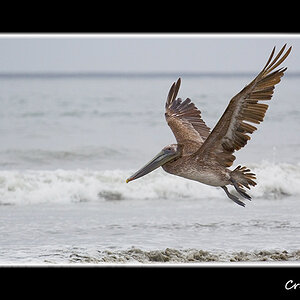korreman
TPF Noob!
- Joined
- Mar 6, 2014
- Messages
- 89
- Reaction score
- 20
- Location
- Hillerød
- Can others edit my Photos
- Photos OK to edit
Simple question that's been bothering me:
When comparing lenses, will lens speed be directly related to aperture? Can two lenses have the same maximum aperture size, while one is faster than the other?
I tried doing some math to figure it out, and I failed miserably.
When comparing lenses, will lens speed be directly related to aperture? Can two lenses have the same maximum aperture size, while one is faster than the other?
I tried doing some math to figure it out, and I failed miserably.



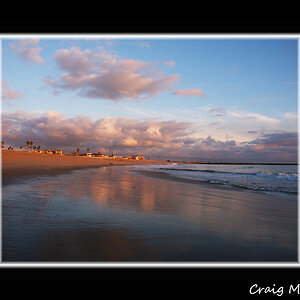
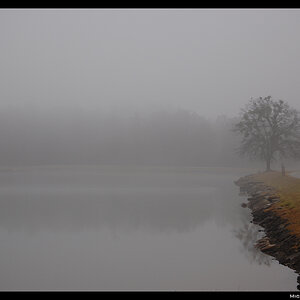
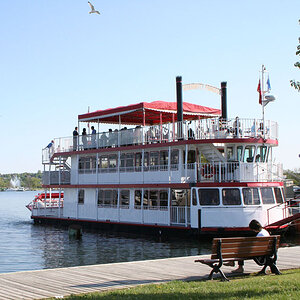
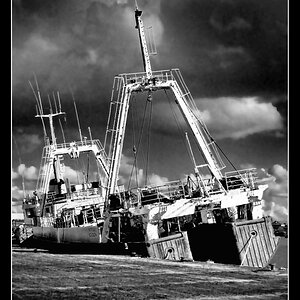
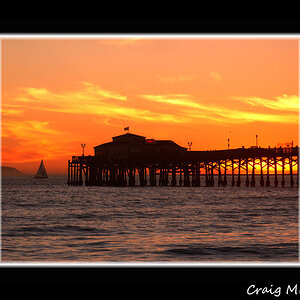
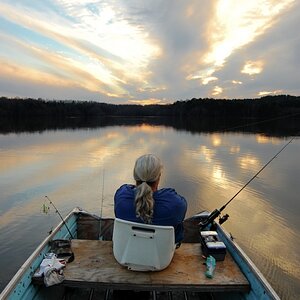
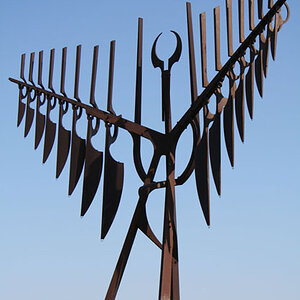

![[No title]](/data/xfmg/thumbnail/38/38262-10a9668da9a2b36a92cddde57caf87bc.jpg?1619738547)
